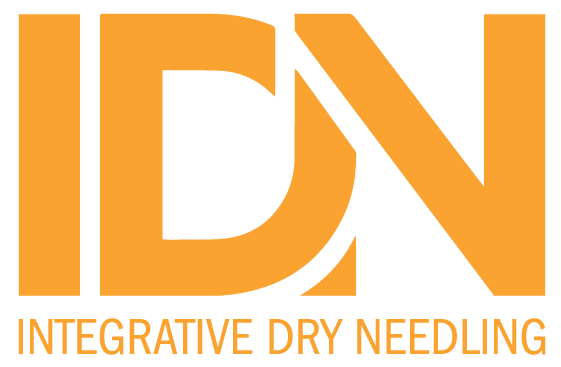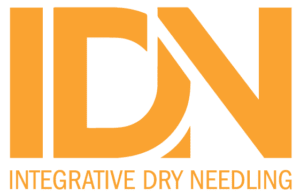Front Med (Lausanne). 2024 Jun 6;11:1381515. doi: 10.3389/fmed.2024.1381515. eCollection 2024.
ABSTRACT
OBJECTIVE: This study aimed to investigate the influence of potential placebo and nocebo effects on pain perception of percutaneous needle electrolysis (PNE) in individuals with patellar tendinopathy.
METHODS: In this secondary analysis of a three-arm randomized double-blinded controlled trial, intra and inter-session pain perception data from 48 sporting participants with patellar tendinopathy between 18 and 45 years were investigated. Participants were divided into 3 parallel groups: “no-sham group” [PNE intervention], “single-sham group” [sham PNE by using dry needling], and “double-sham group” [sham PNE by using sham needles]. Every group received 4 sessions of the needling therapies targeting the patellar tendon over 8 weeks and was instructed to perform a unilateral eccentric exercise program of the quadriceps muscle on the affected side. Clinical and needle-related pain was assessed before, during, and after each treatment session using a visual analog scale.
RESULTS: No differences were found between groups intra- or inter-session in terms of pain reduction (P = 0.424) despite clinical pain decreased in all groups since the first treatment session (P < 0.001). Furthermore, although the double-sham group showed a lower percentage of participants reporting needle-related pain during needle intervention (P = 0.005), the needle-related pain intensity after needle intervention was similar between groups (P = 0.682). Moreover, there were no group differences for the duration of pain sensation after any needle intervention (P = 0.184), extending in many cases beyond 24 h.
CONCLUSION: Needling therapies for individuals with patellar tendinopathy are prone to elicit placebo effects regarding clinical pain and nocebo effects regarding needling-related pain. Clinicians and physical therapists treating musculoskeletal pain conditions should consider the added value and potential mechanisms of action before routinely using needle techniques.
PMID:38903823 | PMC:PMC11187289 | DOI:10.3389/fmed.2024.1381515



